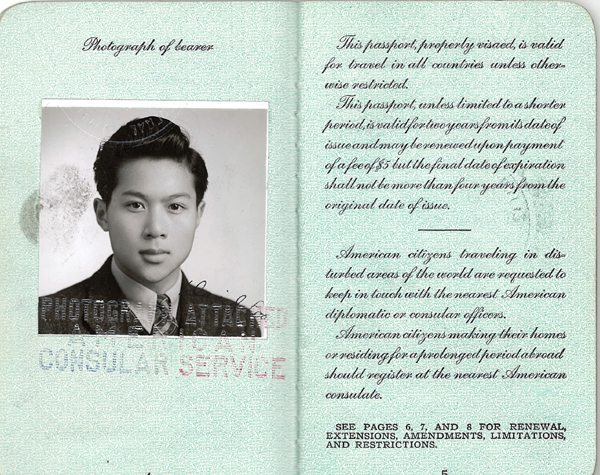Prelude to the Act
The first significant Chinese immigration to North America began with the California Gold Rush of 1848–1855 and it continued with subsequent large labor projects, such as the building of the First Transcontinental Railroad. During the early stages of the gold rush, when surface gold was plentiful, the Chinese were tolerated by white people, if not well received. However, as gold became harder to find and competition increased, animosity toward the Chinese and other foreigners increased. After being forcibly driven from mining by a mixture of state legislators and other miners (the Foreign Miner's Tax), the immigrant Chinese began to settle in enclaves in cities, mainly San Francisco, and took up low-wage labor, such as restaurant and laundry work. With the post-Civil War economy in decline by the 1870s, anti-Chinese animosity became politicized by labor leader Denis Kearney and his Workingman's Party as well as by California Governor John Bigler, both of whom blamed Chinese "coolies" for depressed wage levels. Public opinion and law in California began to demonize Chinese workers and immigrants in any role, with the later half of the 1800s seeing a series of ever more restrictive laws being placed on Chinese labor, behavior and even living conditions. While many of these legislative efforts were quickly overturned by the State Supreme Court, many more anti-Chinese laws continued to be passed in both California and nationally
As time passed and more and more Chinese migrants arrived in California, violence would often break out in cities such as Los Angeles. A strike which was broken by the replacement of all workers with over 200 Chinese men at the Beaver Falls Cutlery Company in Pennsylvania was mentioned at the Pennsylvania General Assembly and Congress. "In some measure it contributed to the eventual passage of the Chinese Exclusion Act." At one point, Chinese men represented nearly a quarter of all wage-earning workers in California, and by 1878 Congress felt compelled to try to ban immigration from China in legislation that was later vetoed by President Rutherford B. Hayes. The title of the August 27, 1873 San Francisco Chronicle article, "The Chinese Invasion! They Are Coming, 900,000 Strong", was traced by The Atlantic as one of the roots of the 2019 anti-immigration "invasion" rhetoric.
In 1879 however, California adopted a new Constitution, which explicitly authorized the state government to determine which individuals were allowed to reside in the state, and banned the Chinese from employment by corporations and state, county or municipal governments. Although debate exists over whether or not the anti-Chinese animus in California drove the federal government (the California Thesis), or whether or not Chinese racism was simply inherent in the country at that point, by 1882, the federal government was finally convinced to pass the Chinese Exclusion Act, which banned all immigration from China for a period of 10 years.


